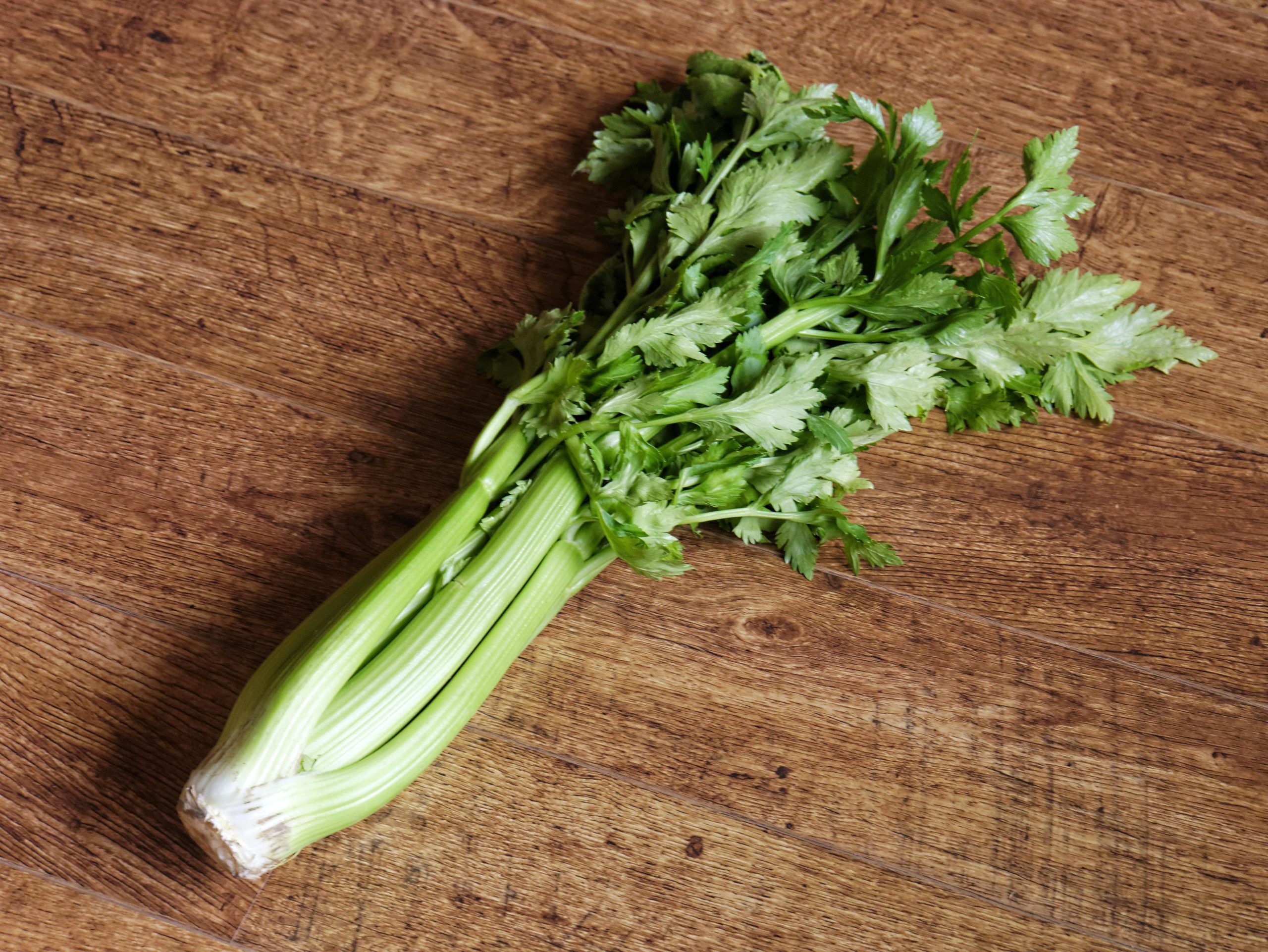Social Distancing 101: Save The Scraps
If you love vegetables, odds are you love soup, too. Are you saving your veggie scraps for soup stock? It’s pretty easy to do. First, find two plastic containers that will fit well in your freezer. Why two? Because some veggies don’t play well together, and should be made into separate soup stocks.
Whenever you are preparing vegetables, pull out your stock containers and keep them close by. If you are preparing cauliflower, broccoli, or cabbage, save all the stems, tough leaves, any bits you don’t want to eat and put those scraps in one container. These are pungent, strong flavored vegetables and could overwhelm everything else in your soup stock. So, keep them separate. You can simmer them in some water or chicken broth and process them into a smooth puree. Add some cream and your favorite seasonings and you’ll have a hearty soup.
Oh, and DON’T add potato peels to these stocks. A better idea is to scrub the potatoes first, then peel them. Discard any green peels, they are bitter and contain solanine, which is toxic. In a bowl, toss the potato peels with a little olive oil and whatever seasonings you enjoy. Bake the peels on a cookie sheet at 350 degrees for about 15 minutes. Watch and stir them occasionally them so they don’t burn. Now you have weird but fun potato chips and didn’t waste any of your potatoes.
Back to the soup stock containers. Nearly everything else can go in the second container. Tomato ends (or mooshy tomatoes that got away from you), carrot peels, the tough parts of onions and celery… you know what you like! It’s your soup, so toss in the veggie scraps you’ll enjoy in a broth. And if you want to add meat or poultry scraps too, just do it. It’s your broth.
When your container is full or you are needing a broth, dump all the scraps into a saucepan and cover them with water. Bring to a boil, then lower to a simmer. Stir it now and then. Enjoy the extra humidity being added to your dry indoor air. Enjoy the aroma. Keep topping off the water. After a couple of hours, grab a potato masher and smoosh everything in the pot. Pour through a strainer (I love this one) and keep the liquid. Lots of bits of veg will be in it too, since you mashed it all. At this stage, you can discard the spent vegetables. If you throw them into your vegetable garden to enrich the soil, you’re allowed to sing the “Circle of Life” song. (If there’s meat in your scraps, don’t throw it in the garden.)
And now you have stock! I do one more step, but you don’t have to if you don’t want to. I return the stock to a pan and simmer it till it reduces way down. Now I have a concentrate I can freeze for later, and it doesn’t use up as much space in my freezer.
Step up your game with these cookbooks!
Clean Soups: Simple, Nourishing Recipes for Health and Vitality

